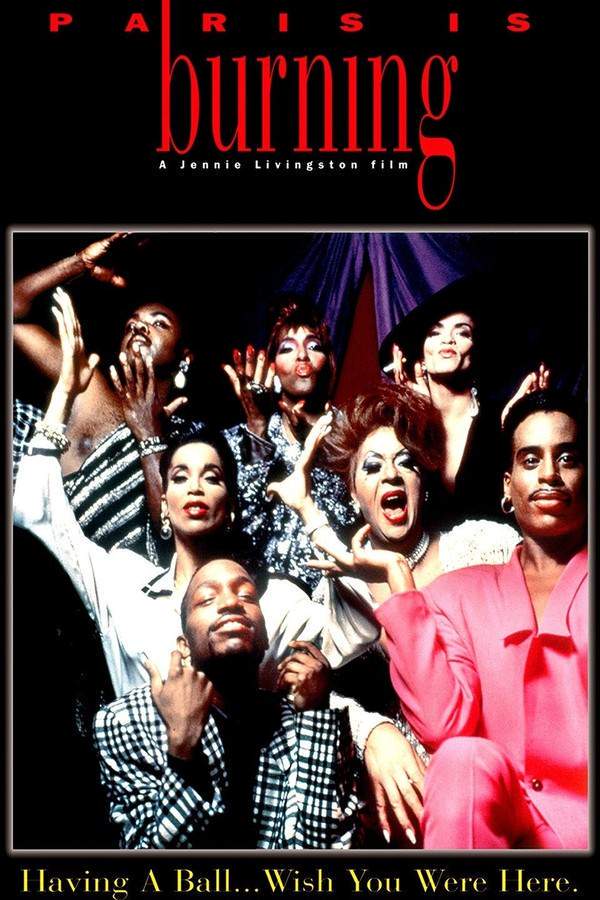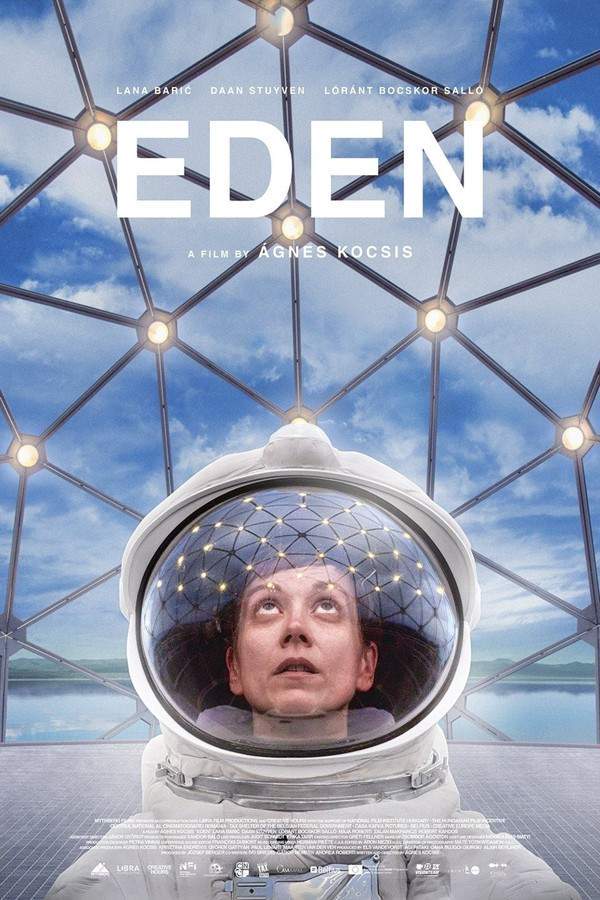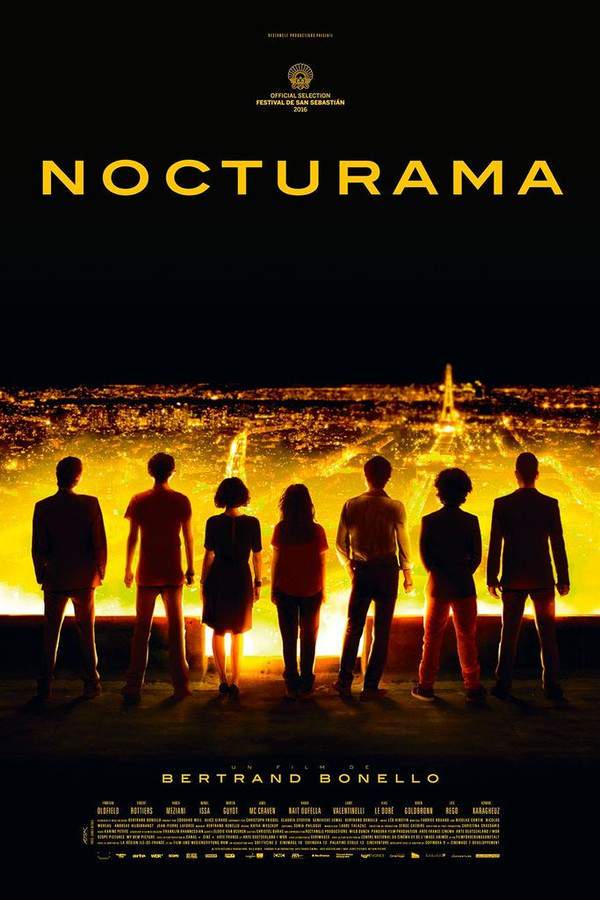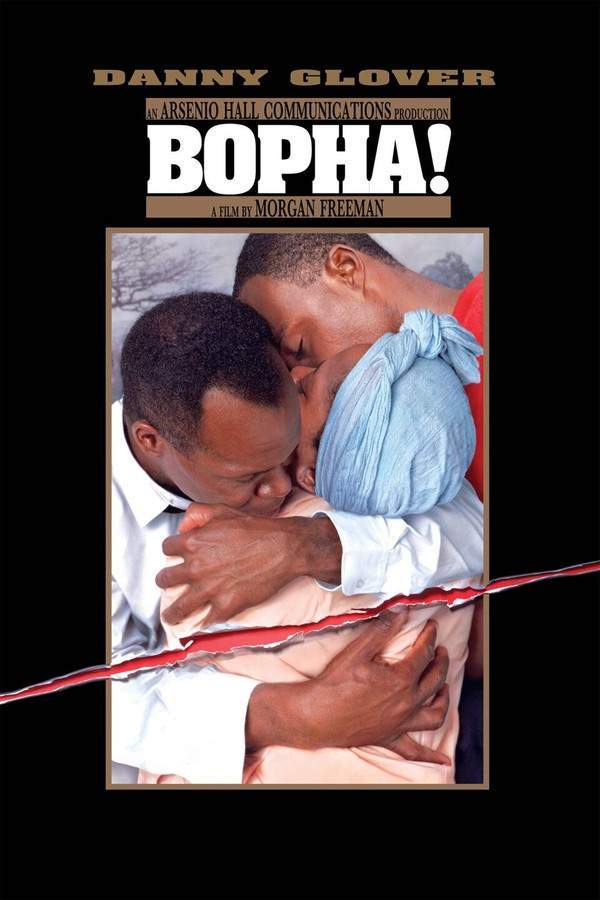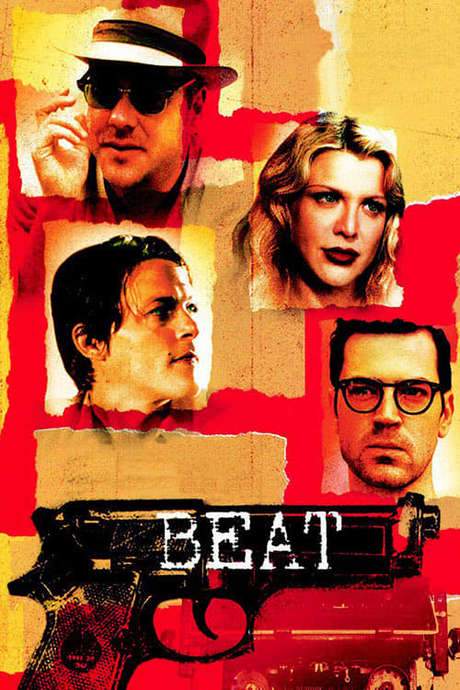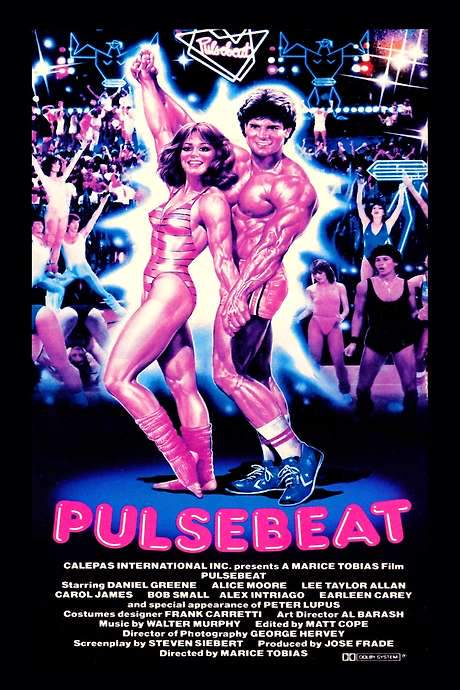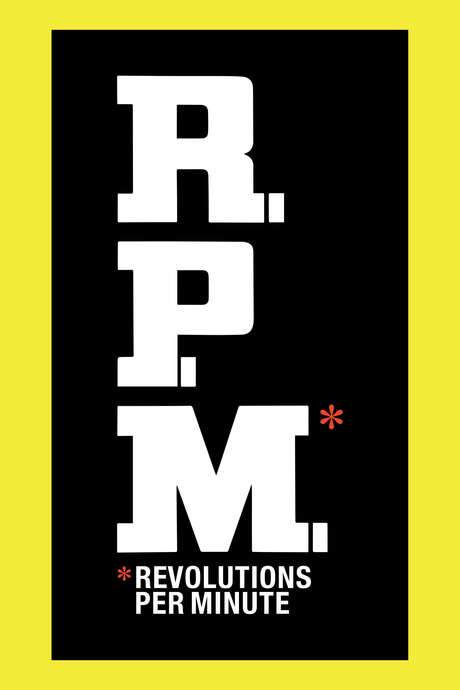BPM (Beats Per Minute) 2017
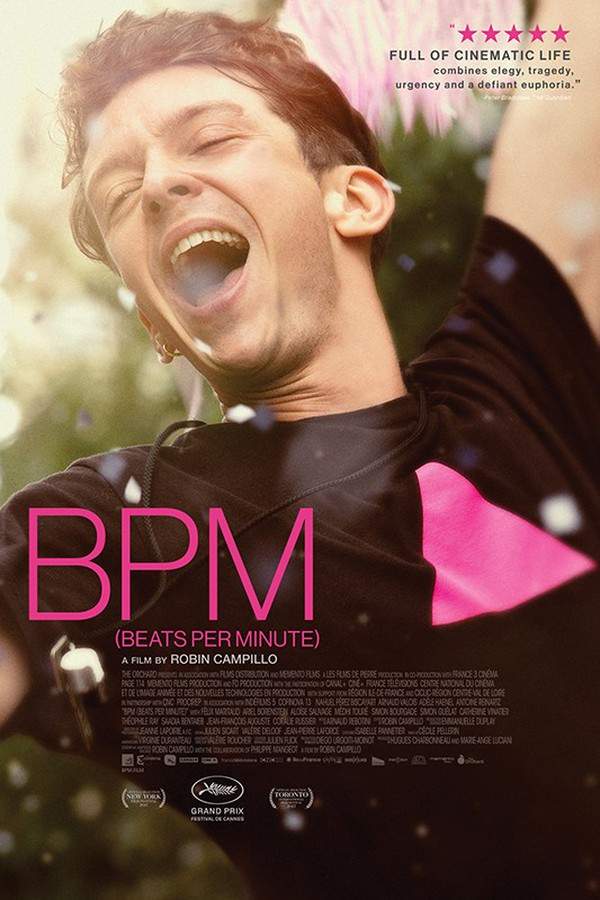
In 1990s Paris, Nathan, a young and dedicated activist, joins ACT UP, a group fighting against AIDS. He becomes deeply involved in their demonstrations and campaigns, driven by a desire to make a difference. As he becomes more committed, Nathan grapples with the group's uncompromising methods and the emotional toll of their relentless activism, ultimately questioning his own beliefs and the sacrifices demanded by the fight.
Does BPM (Beats Per Minute) have end credit scenes?
No!
BPM (Beats Per Minute) does not have end credit scenes. You can leave when the credits roll.
Meet the Full Cast and Actors of BPM (Beats Per Minute)
Explore the complete cast of BPM (Beats Per Minute), including both lead and supporting actors. Learn who plays each character, discover their past roles and achievements, and find out what makes this ensemble cast stand out in the world of film and television.
External Links and Streaming Options
Discover where to watch BPM (Beats Per Minute) online, including streaming platforms, rental options, and official sources. Compare reviews, ratings, and in-depth movie information across sites like IMDb, TMDb, Wikipedia or Rotten Tomatoes.
Ratings and Reviews for BPM (Beats Per Minute)
See how BPM (Beats Per Minute) is rated across major platforms like IMDb, Metacritic, and TMDb. Compare audience scores and critic reviews to understand where BPM (Beats Per Minute) stands among top-rated movies in its genre.

The Movie Echo Score
Beats Per Minute excels at translating the urgency of AIDS activism into a compelling cinematic experience. Critics and audiences commend the film’s unflinching depiction of ACT UP-Paris protests and its blend of personal stories with political fervor. The narrative maintains a dynamic rhythm through moments of despair, humor, and solidarity, grounded by strong ensemble portrayals. While its emotional intensity can be taxing, the film’s balanced treatment of social and personal stakes leaves a resonant impact. Overall, BPM emerges as a powerfully urgent and thoughtfully crafted drama.
The Movie Echo Score Breakdown for BPM (Beats Per Minute)

Art & Craft
In terms of art and craft, BPM delivers a documentary-like visual style that emphasizes authenticity and controlled energy. The film’s measured editing and immersive cinematography capture both the fervent protests and intimate moments with clarity. Production design conveys the historical period with subtle detail, while dynamic framing underlines emotional stakes. The result is a cohesive visual presentation.

Character & Emotion
When it comes to character and emotion, BPM presents nuanced performances that convey urgency and vulnerability. The ensemble cast portrays activists with depth, revealing personal struggles alongside collective determination. Emotional resonance arises from intimate exchanges and palpable chemistry, particularly in scenes of solidarity and heartbreak. This balance of activism and human connection yields compelling portrayals that sustain the film’s emotional core.

Story & Flow
In terms of story and flow, BPM structures its narrative around ACT UP-Paris protests and personal journeys, maintaining clarity despite a lengthy runtime. The pacing shifts between urgent protest sequences and reflective character moments, yielding dynamic engagement. Occasional tonal swings introduce emotional complexity without undermining coherence. Overall, the plot unfolds in a compelling and impactful manner.

Sensory Experience
When it comes to sensory experience, BPM combines a measured soundtrack and immersive sound design to accentuate both protest fervor and intimate dialogue. The film’s visual style employs an understated color palette and dynamic lighting that reinforces mood shifts. Documentary-like audio clarity enhances authenticity, while the score underscores emotional peaks. Together, these elements create a cohesive and affecting sensory atmosphere.

Rewatch Factor
In terms of rewatch factor, BPM’s intensity and historical context offer substantial educational and emotional value, but its unrelenting emotional weight can make repeated viewings challenging. The film’s powerful activism portrayal and compelling performances encourage reflection, though its demanding tone may limit its appeal as a frequent rewatch. Overall, it retains considerable enduring interest.

Metascore
tbd
User Score


99%
TOMATOMETER

85%
User Score

77
%
User Score

4.0
From 585 fan ratings
Take the Ultimate BPM (Beats Per Minute) Movie Quiz
Challenge your knowledge of BPM (Beats Per Minute) with this fun and interactive movie quiz. Test yourself on key plot points, iconic characters, hidden details, and memorable moments to see how well you really know the film.
BPM (Beats Per Minute) Quiz: Test your knowledge about the powerful activism and personal stories depicted in BPM (Beats Per Minute).
What organization do the activists in the film BPM (Beats Per Minute) belong to?
ACT UP
AFSCME
Greenpeace
Red Cross
Show hint
Awards & Nominations for BPM (Beats Per Minute)
Discover all the awards and nominations received by BPM (Beats Per Minute), from Oscars to film festival honors. Learn how BPM (Beats Per Minute) and its cast and crew have been recognized by critics and the industry alike.
23rd Critics' Choice Awards 2018
Best Foreign Language Film
33rd Film Independent Spirit Awards 2018
Best International Film
Full Plot Summary and Ending Explained for BPM (Beats Per Minute)
Read the complete plot summary of BPM (Beats Per Minute), including all major events, twists, and the full ending explained in detail. Explore key characters, themes, hidden meanings, and everything you need to understand the story from beginning to end.
In the early 1990s, a dedicated group of HIV/AIDS activists from the Paris chapter of ACT UP fervently fights to initiate real action against the AIDS epidemic that has ravaged lives. While the French government signals its support for those affected by HIV/AIDS, the activists feel compelled to confront their sluggish response, leading to bold public protests where they accuse the authorities of censorship and minimizing the urgency of the crisis.
Tensions escalate when the pharmaceutical company Melton Pharm announces its plan to unveil HIV trial results at a major conference the following year. In a daring move, ACT UP storms the company’s offices armed with fake blood, demanding immediate transparency regarding the trial outcomes. As ACT UP gains traction with their fervent demonstrations, deep rifts begin to emerge within the group. Members engage in fierce debates about their strategies, toggling between showmanship and the need for effective persuasion, navigating the conflicting aesthetics of positivity versus despair.
Amidst the whirlwind of activism, members express their desire to organize a more impactful Gay Pride parade, lamenting the overshadowing sense of loss and the “zombie” atmosphere the AIDS crisis has contributed to. There are broad discussions in large meetings, where radical voices call for more direct action, while others wish to retain channels of communication with scientists to hasten the delivery of crucial results. A deaf participant underscores the possibility of pursuing both direct action and organized meetings with research labs.
The narrative takes a darker turn when tensions within the group surface, leading to confrontations, such as when radicals clash with Hélène, the mother of a teenager who contracted HIV through a blood transfusion. Her advocacy for justice against the politicians responsible for the mishandling of blood screening is met with resistance, illustrating profound divisions within ACT UP about their mission and principles.
As the story unfolds, it steadily transitions from the larger political narrative to focus deeply on the personal lives of ACT UP members. In a poignant turn, Jérémie, a young man living with HIV, experiences a swift decline in health. In honor of his memory, the group marches through the streets following his death, memorializing him among the legion of AIDS victims. The newcomer Nathan, a gay man not living with HIV, finds himself drawn to the passionate, HIV-positive veteran Sean. Their relationship flourishes even as Sean’s health deteriorates.
Sean shares his painful history of acquiring HIV at the tender age of sixteen after a betrayal by his married math teacher. As his condition worsens with a plummeting T-cell count, Nathan steps in to support him. Their bond culminates tragically when Nathan euthanizes Sean following his discharge from the hospital for end-of-life care. In a poignant tribute, ACT UP holds a wake, reflecting on their shared grief. In accordance with Sean’s wishes, they stage a dramatic demonstration at a health insurance conference, scattering his ashes over the attendees, blending personal loss with defiant activism.
Uncover the Details: Timeline, Characters, Themes, and Beyond!

Coming soon on iOS and Android
The Plot Explained Mobile App
From blockbusters to hidden gems — dive into movie stories anytime, anywhere. Save your favorites, discover plots faster, and never miss a twist again.
Sign up to be the first to know when we launch. Your email stays private — always.
Watch Trailers, Clips & Behind-the-Scenes for BPM (Beats Per Minute)
Watch official trailers, exclusive clips, cast interviews, and behind-the-scenes footage from BPM (Beats Per Minute). Dive deeper into the making of the film, its standout moments, and key production insights.
BPM (Beats Per Minute) Themes and Keywords
Discover the central themes, ideas, and keywords that define the movie’s story, tone, and message. Analyze the film’s deeper meanings, genre influences, and recurring concepts.
BPM (Beats Per Minute) Other Names and Titles
Explore the various alternative titles, translations, and other names used for BPM (Beats Per Minute) across different regions and languages. Understand how the film is marketed and recognized worldwide.
Similar Movies To BPM (Beats Per Minute) You Should Know About
Browse a curated list of movies similar in genre, tone, characters, or story structure. Discover new titles like the one you're watching, perfect for fans of related plots, vibes, or cinematic styles.
Quick Links: Summary, Cast, Ratings, More

What's After the Movie?
Not sure whether to stay after the credits? Find out!
Explore Our Movie Platform
New Movie Releases (2025)
Famous Movie Actors
Top Film Production Studios
Movie Plot Summaries & Endings
Major Movie Awards & Winners
Best Concert Films & Music Documentaries
Movie Collections and Curated Lists
© 2025 What's After the Movie. All rights reserved.




















